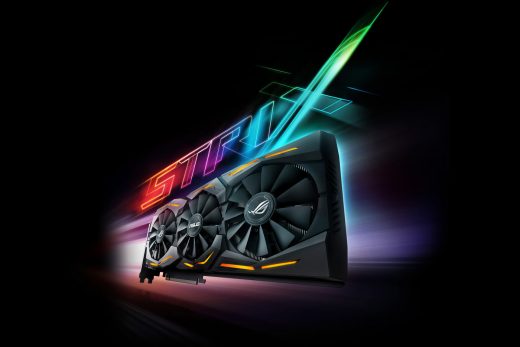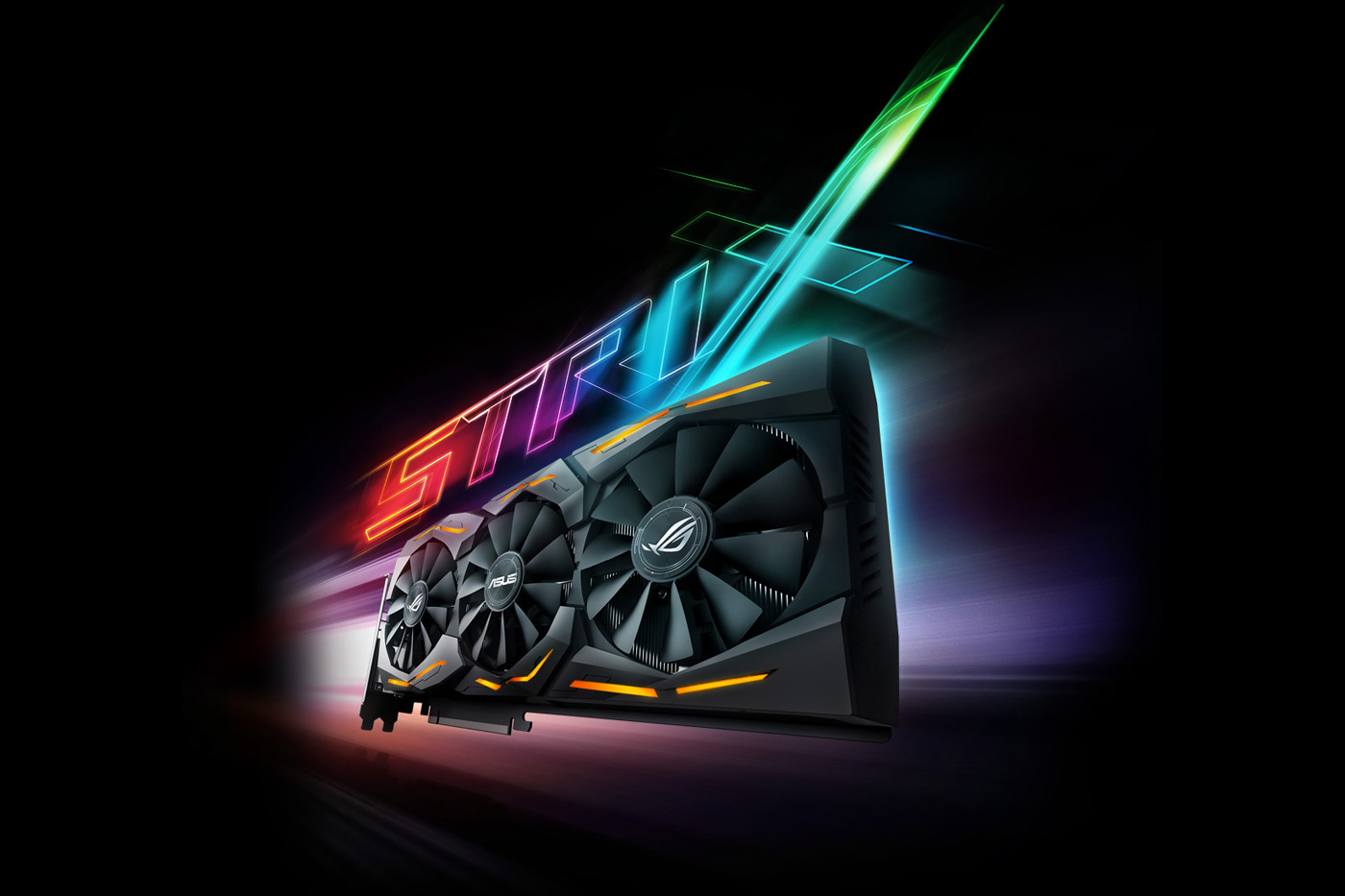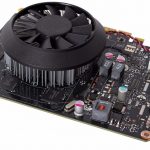ASUS’ GeForce GTX 1080 is faster and more colorful
NVIDIA’s official GeForce GTX 1080 is fast, but let’s face it: you’re really waiting for the third-party cards that push the limits of what the high-end graphics chipset can really do. And it looks like your patience just paid off. ASUS has revealed the ROG Strix GeForce GTX 1080, and it pushes well past what NVIDIA’s board can do. The regular Strix runs at a 1.76GHz base clock speed (with a boost to 1.9GHz) versus the reference model’s 1.6GHz, and an overclocked version bumps that to 1.78GHz (boosting to 1.94GHz). You’re only looking at a few more frames per second in your games, but that can make the difference between a glass-smooth 60 frames per second and the occasional hitch.
There’s more to it than just raw speed, too. You get customizable lighting that includes color-shifting and patterns — you can even have the lights pulse to your music if you want your PC to serve as a tiny disco. ASUS’ mix of heatpipes and custom-shaped fans also promises a card that’s 30 percent cooler and three times quieter than NVIDIA’s stock hardware.
The best part may be the price. While NVIDIA’s own GTX 1080 costs $699, the standard Strix will sell for $620; even the higher-clocked version costs $640. You could buy a brand new game with the price difference, folks. You’ll likely have to wait until June 4th to get ASUS’ card, but it’ll probably be worth the wait if you’re building a gaming rig that has to last for years.
Stay on top of all the latest news from Computex 2016 right here.
(30)
















